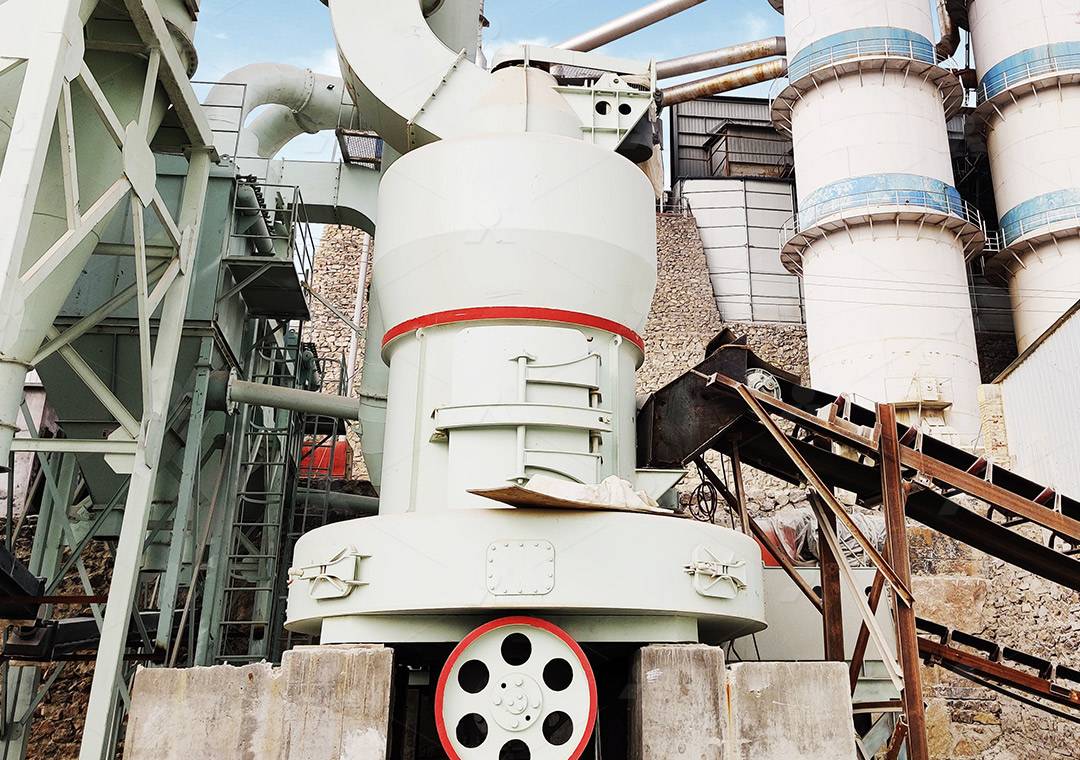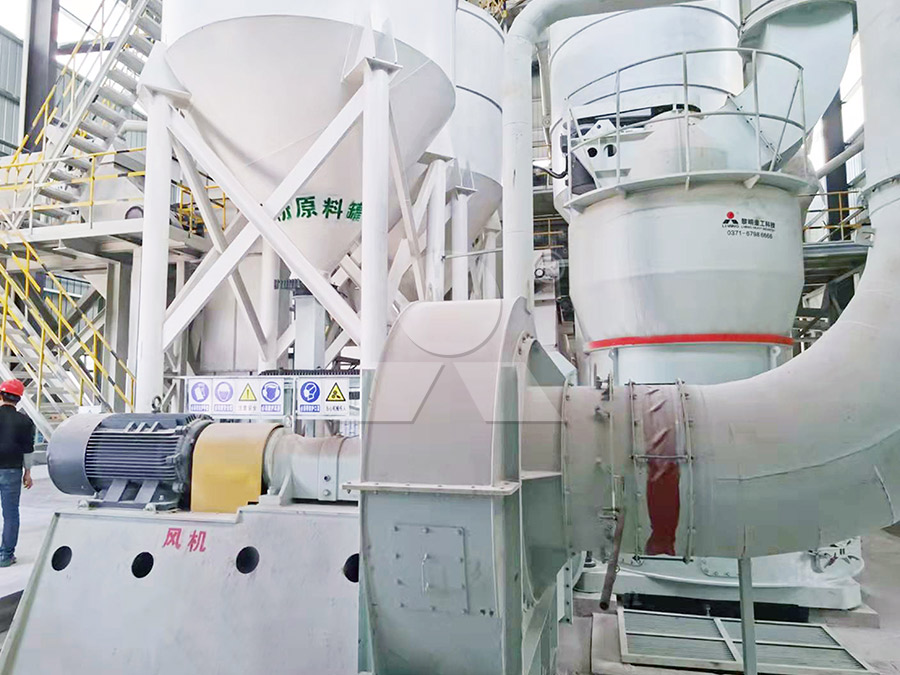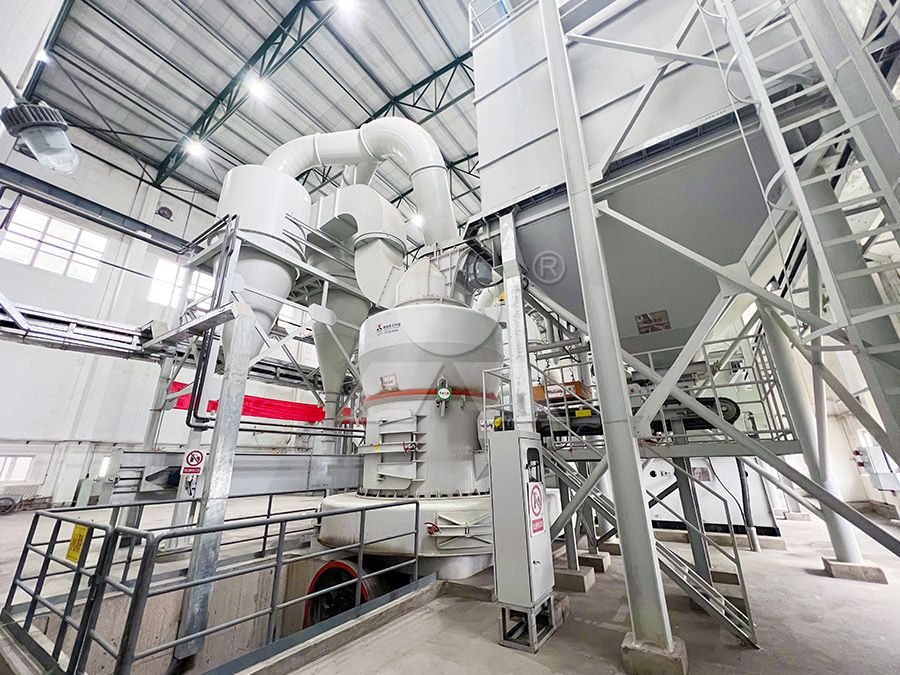MTM Series Trapezium Mill Maintenance and Inspection Procedure
MTM Series Trapezium Mill Maintenance and Inspection Procedure
Maintaining peak performance in your grinding operations requires diligent attention to equipment care. The MTM Series Trapezium Mill, known for its reliability and efficiency, demands regular maintenance to ensure consistent output and extended service life. This comprehensive guide outlines essential procedures to keep your mill operating at optimal levels.
Daily Operational Checks
Begin each shift with visual inspections of the mill’s exterior. Check for unusual vibrations, abnormal noises, or visible wear on accessible components. Monitor lubrication levels in all designated points, ensuring proper oil flow to grinding rollers and reduction gears. Verify that all safety guards remain securely in place and that emergency stop functions operate correctly.

Pay particular attention to the grinding chamber door seals, as compromised seals can lead to material leakage and reduced efficiency. Document all observations in your maintenance log, noting any deviations from normal operation patterns.
Weekly Maintenance Protocol
Conduct thorough inspections of wear components, including grinding rollers and rings. Measure remaining thickness using calibrated tools and compare against manufacturer specifications. Clean the lubrication system filters and check for metal particles that might indicate premature wear. Inspect electrical connections for tightness and signs of overheating.
For operations requiring higher precision and finer outputs, consider upgrading to our MW Ultrafine Grinding Mill. With input sizes of 0-20 mm and capacity ranging from 0.5-25 tph, this advanced system features higher yielding with lower energy consumption. The absence of rolling bearings and screws in the grinding chamber eliminates common failure points, while the adjustable fineness between 325-2500 meshes provides exceptional flexibility for diverse applications.
Monthly Comprehensive Inspection
Perform detailed examination of the transmission system, including gear alignment and backlash measurements. Check the foundation bolts for proper torque and inspect the mill base for cracks or deformation. Clean the air passage system thoroughly to maintain optimal airflow and separation efficiency.

Test the hydraulic system for proper pressure settings and check for leaks in all connections. Verify the calibration of feeding devices to ensure consistent material flow rates. For operations processing materials up to 10 mm with requirements of 5-18 tph capacity, our LUM Ultrafine Vertical Grinding Mill offers superior performance with its double position-limiting technology and reversible structure for easier maintenance.
Quarterly Overhaul Procedures
Schedule complete disassembly of critical components for detailed inspection. Replace worn grinding elements according to the established wear limits. Inspect the separator blades for balance and wear, replacing as necessary. Check the classifier motor bearings and lubricate according to manufacturer specifications.
Calibrate all instrumentation and control systems to ensure accurate monitoring of operational parameters. Perform vibration analysis on the main drive system to detect early signs of component failure.
Annual Shutdown Maintenance
During extended shutdown periods, conduct non-destructive testing on structural components. Replace all consumable parts regardless of visible wear to prevent unexpected failures. Update control system software and backup operational parameters. Perform comprehensive alignment checks of the entire drive train.

Document all maintenance activities thoroughly, including parts replaced, measurements taken, and adjustments made. This historical data proves invaluable for predicting future maintenance needs and optimizing replacement schedules.
Frequently Asked Questions
What is the recommended interval for replacing grinding rollers?
Replacement intervals vary based on material abrasiveness and operating hours. Generally, inspect rollers every 500 hours and plan replacement between 2,000-4,000 hours depending on wear measurements.
How can I optimize energy consumption during operation?
Maintain proper feeding rates to avoid underloading or overloading. Keep the grinding elements in good condition and ensure the separator is properly calibrated for your target fineness.
What lubrication specifications should I follow?
Always use manufacturer-recommended lubricants and follow the specified intervals. Different components may require different lubricant types – refer to your operation manual for specific requirements.
How do I address increased vibration during operation?
Increased vibration typically indicates imbalance, misalignment, or component wear. Immediately reduce load and inspect for loose components, uneven wear patterns, or material buildup.
What safety precautions are essential during maintenance?
Always lock out power sources before beginning work. Use proper personal protective equipment and follow confined space entry procedures when working inside the mill chamber.
